Why doesn’t Jupiter have big and bright rings like Saturn? Despite Jupiter’s resemblance to its neighbor Saturn, this planet lacks bright and beautiful rings. What factors have contributed to the diminution of customer circles?
Why doesn’t Jupiter have big and bright rings like Saturn?
Considering the similarity of the planet Jupiter to its neighbor Saturn, it is natural to ask why this planet does not have clear and bright rings like Saturn. However, Jupiter has thin, narrow rings made up of dust that only shine when there is sunlight in the background. According to new research, these narrow rings lack brightness because the large Galilean moons prevent rocks and dust from accumulating around Jupiter. According to Stephen Kane, an astrophysicist at the University of California Riverside:
The fact that Jupiter doesn’t have brighter rings than Saturn has bothered me for a long time. If Jupiter had such rings, it would certainly appear brighter to us because this planet is much closer to Earth than Saturn.
Keen and his colleague Zhixing Li, an astrophysicist at Riverside University, ran a series of simulations of objects orbiting Jupiter to test the hypothesis of a giant ring system around Jupiter at some point in history. The aforementioned simulations considered the orbital motion of Jupiter and its four largest moons, known as the Galilean moons, which are: Ganymede (which is even larger than Mercury and is known as the largest moon in the solar system), Callisto, Io, and Europa. The researchers also included enough time for the formation of a ring system in their simulations. According to this modeling, Jupiter has not even had rings similar to Saturn in the past and is unlikely to have them in the future. Kane explains:
Giant and heavy planets have heavy moons and these moons prevent the formation of rings of matter. The Galilean moons of Jupiter, one of the largest in the Solar System, would quickly destroy any potential large rings that might be forming.
Jupiter has narrow rings, most of which are dust from moons and material that may have been thrown into space by impact events. On the other hand, much of Saturn’s rings are made up of ice, possibly fragments of comets, asteroids, or icy moons that have been broken apart by Saturn’s gravity.
We know that Saturn’s moons play a vital role in the formation and maintenance of its rings, But one or more large moons can also gravitationally disrupt the rings and drive the ice out of the planetary orbit and into an unknown region. Although most people think that Saturn is the only planet with rings, rings around planets are very common even in the solar system. For example, in addition to Jupiter, the solar system’s ice giants Uranus and Neptune both have narrow rings of gas and dust.
Compared to other planets, Uranus has a strong axial deviation and its orbital axis is parallel to the orbital plane. The position of the rings of this planet is adjusted accordingly. Probably, a mass collided with Uranus and led to its axial deviation, or possibly this planet once had huge rings that caused this deviation. Of course, rings are not limited to planets. A small body with a width of 230 km called Chariklo, which is located in the orbit between Jupiter and Uranus, also has rings.
Also, the dwarf planet Haumea in the Kuiper belt has a ring. Simulations show that rings around ice masses are common due to the gravitational interaction and removal of ice from these masses.
Mars is also likely to be ringed in the future. The moon of Mars, Phobos, comes a little closer to this planet every year. Over the next hundred million years, the moon will come close enough to Mars that the planet’s gravity will break it apart, forming a short-lived ring that may recondense into a moon. Even Saturn’s rings may be temporary and rain down on the planet in the future. If we can study the rings in great detail, we can use them to fit together the puzzle pieces of planetary history. Kane believes:
To us astronomers, the rings are like bloodstains on a crime scene wall. When we look at the rings of the giant planets, we find evidence of the events that caused this material to accumulate.
Anyway, now that Jupiter has no spectacular rings, let’s enjoy Saturn’s rings. The Planetary Science Journal has accepted this research and is available on the arXiv database.



 Technology1 year ago
Technology1 year ago


 Technology1 year ago
Technology1 year ago


 Technology1 year ago
Technology1 year ago


 AI2 years ago
AI2 years ago


 Technology1 year ago
Technology1 year ago


 Technology1 year ago
Technology1 year ago


 Humans2 years ago
Humans2 years ago


 Technology1 year ago
Technology1 year ago


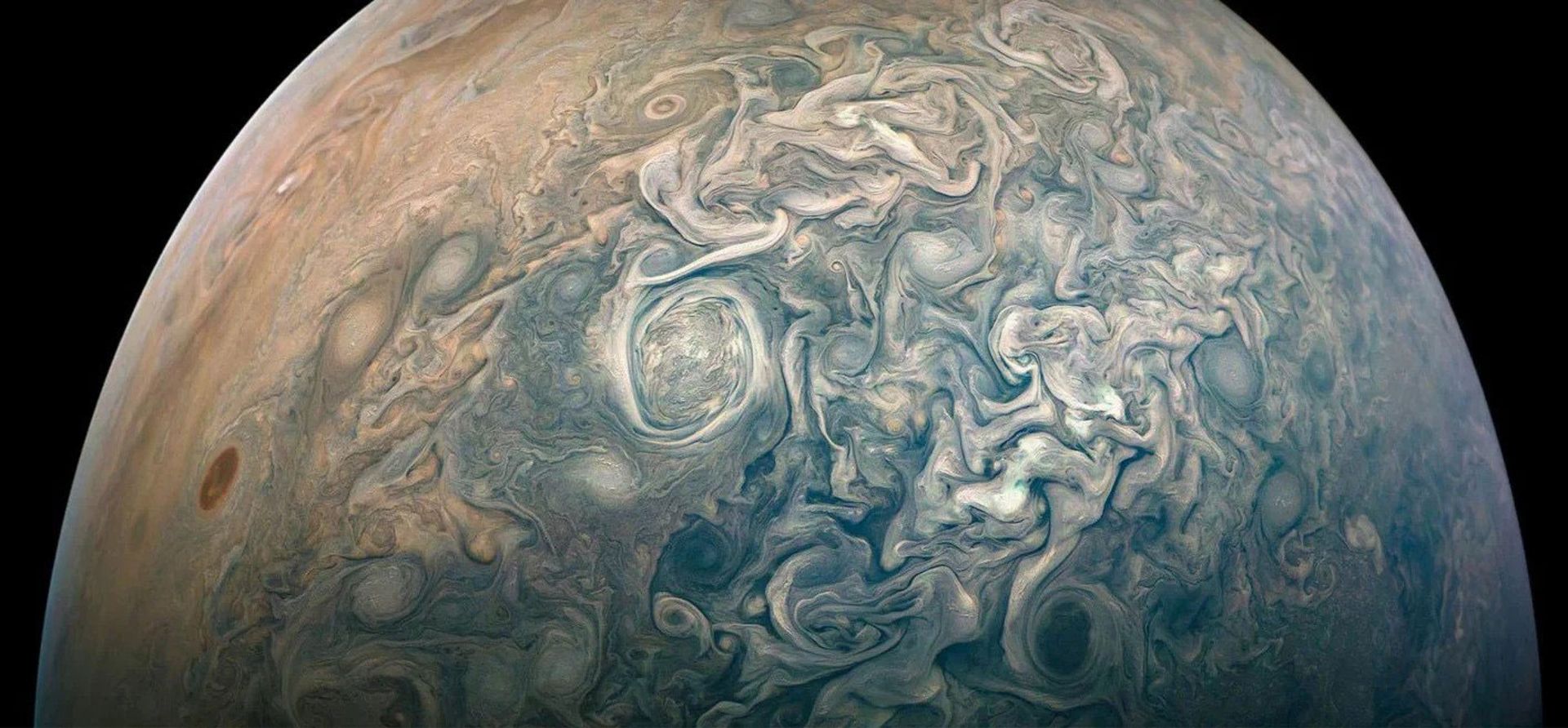

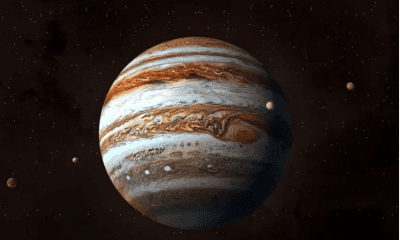

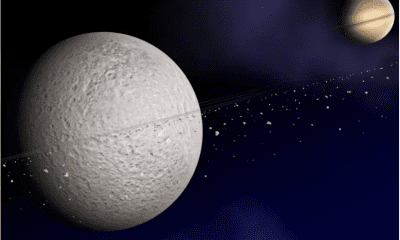

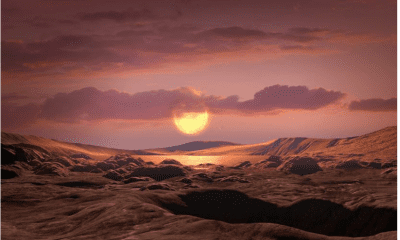



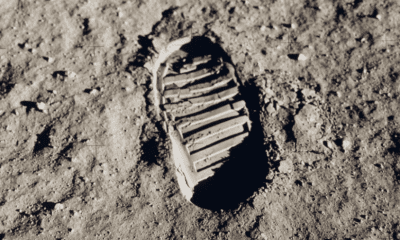





 James Webb Space Telescope image of the rings of the planet Uranus.
James Webb Space Telescope image of the rings of the planet Uranus.
 Saturn’s moon Iapetus with its prominent equatorial ridge.
Saturn’s moon Iapetus with its prominent equatorial ridge. The glory of Saturn’s rings.
The glory of Saturn’s rings.
 Planets close to red dwarfs are fatally locked to their star
Planets close to red dwarfs are fatally locked to their star






